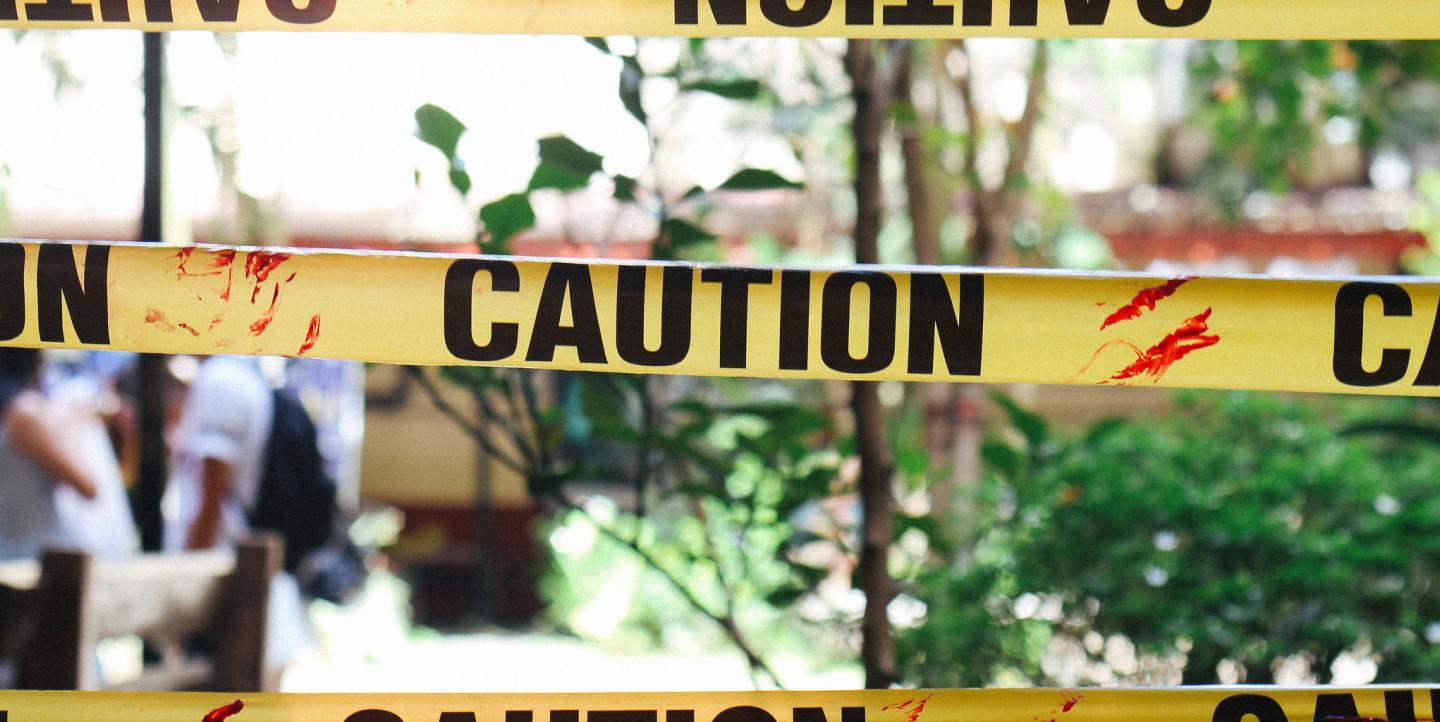What the International Red Cross is to victims of famine and floods, the Committee to Protect Journalists (CPJ) is to reporters and editors operating under siege in the deadliest spots around the globe.
On Feb. 21, CPJ expanded its outreach with the launch of a new Emergencies Response Team led by Colin Pereira, former director of security for London’s Independent Television News and deputy head of the BBC’s High Risk Team. A special CPJ report on the unprecedented threats to journalists was released at the same time.
“The past six years have been the deadliest and most dangerous for journalists since CPJ began tracking attacks on the press, particularly with new threats by violent political and religious groups and organized crime,” Robert Mahoney, CPJ’s deputy executive director and the report’s lead author, said in a press release.
“We rely increasingly on international freelancers and local journalists for frontline reporting, and they are often poorly paid and vulnerable,” he added.
The report describes “shifting threats” for journalists, including the spread of violent non-state actors, shrinking rule of law, resurgent authoritarianism, and an industry shift toward reliance on freelancers. There are sections on mitigating risks, trauma and mental health, and lessons learned from safety experts and journalists, all offering practical advice to media workers in the field.
Journalists anywhere in the world are encouraged to become acquainted with services provided by the Emergencies Response Team, in case they or a colleague should need them. The website explains how journalists under threat can contact CPJ for support.
Among the instructions: “The safest way to contact us is via SecureDrop (click here for more information). You can also contact us by e-mail, mail, telephone, fax, or social media. You will be asked to provide information, in confidence, about your circumstances.”
Those opting to use SecureDrop are instructed to “download the Tor Browser which makes Web browsing anonymous and protects it from eavesdropping. Because of the protection it offers, Tor Browser is the only way to access SecureDrop.”
There are other tips on how to find assistance. CPJ is a member of the Journalists in Distress (JID) network, a group of 18 international organizations that help journalists and media workers who are threatened because of their work. Journalists can apply for up to CAD$1,500 in funding to help them mitigate threats.
Another resource: CPJ is a founding member of the ACOS Alliance, which stands for "A Culture of Safety" and promotes the Freelance Journalist Safety Principles signed by news organizations and press groups. More information about the Alliance, Safety Principles and resources available to freelancers are available here.
The Emergency Response Team disseminates information through frequent safety advisories, and maintains a list of CPJ partners and external resources. There are links to the Rory Peck Trust, which offers excellent risk assessment tools in multiple languages, the Frontline Freelance Register, and CPJ’s Journalist Security Guide that addresses cyber security, armed conflict, civil disturbances and stress reactions. The guide is published in 10 languages, including Spanish, Portuguese, Arabic, Farsi, Russian, and Chinese.
The CPJ’s special report addresses a question especially relevant in today’s political environment: Why should we care about the fate of journalists?
“Repression and impunity endanger lives and liberty of reporters and foster a climate of fear and self-censorship among journalists and opinion leaders, suppressing news of public interest," the report states, adding, "A healthy democracy depends on the free flow of news and opinion to and from the governed. Journalists play a vital role in ensuring that flow and in holding the powerful to account.”
Main image CC-licensed by Flickr via Cyria Gonzales.


